
Kód: 02006016
Lipid-Soluble Antioxidants: Biochemistry and Clinical Applications
Autor NG, ACKER
Antioxidants inhibit the formation and spread of free radicals which can be damaging in biological systems. Free radicals form in biological systems through metabolism, but it is also realized that exogenous environmental sources, ... celý popis
- Jazyk:
 Angličtina
Angličtina - Vazba: Brožovaná
- Počet stran: 642
Nakladatelství: Springer Basel, 1992
- Více informací o knize

1542 Kč

Skladem u dodavatele v malém množství
Odesíláme za 10-15 dnů
Potřebujete více kusů?Máte-li zájem o více kusů, prověřte, prosím, nejprve dostupnost titulu na naši zákaznické podpoře.
Přidat mezi přání
Mohlo by se vám také líbit
-

English365 3 Personal Study Book with Audio CD
362 Kč -

Ferdinand de Saussure zur Einführung
344 Kč -

Geschichte der Botanik
1258 Kč -
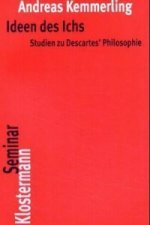
Ideen des Ichs
547 Kč
Darujte tuto knihu ještě dnes
- Objednejte knihu a zvolte Zaslat jako dárek.
- Obratem obdržíte darovací poukaz na knihu, který můžete ihned předat obdarovanému.
- Knihu zašleme na adresu obdarovaného, o nic se nestaráte.
Více informací o knize Lipid-Soluble Antioxidants: Biochemistry and Clinical Applications
Nákupem získáte 154 bodů
 Anotace knihy
Anotace knihy
Antioxidants inhibit the formation and spread of free radicals which can be damaging in biological systems. Free radicals form in biological systems through metabolism, but it is also realized that exogenous environmental sources, such as radiation, food, and drugs, contribute significantly to the generation of free radicals in biological systems. Being reactive species, free radicals are short-lived and do not travel far from cellular targets. Their concentration in biological systems is very low and is difficult to detect directly by electron spin resonance spectroscopy (ESR). Indirect methods of reactions of radicals with specific biomolecules are also sufficiently sensitive to detect quantitatively their presence. Thus the response of antioxidant defenses which react with radical species, can serve as an indirect measure that free radicals have been formed. Redox-based antioxidants change their oxidation state and antioxidants become free radicals themselves. Often, however, the antioxidants give rise to more persistent free radicals, sometimes owing to delocalization of the lone electron around ring structures (in vitamin E, ubiquinones, and certain carotenes). Persistent free radicals react only rarely and the precursors often can be regenerated in biological systems. In recent years, it is becoming clearer from biochemical studies on how the major lipophilic antioxidants work. Particular attention has been given to vitamin E and quinones found in animal and plant membranes and in carotenoids, for the protection of membranes in lipoprotein systems. Flavonoids form another rich and varied source of natural antioxidants.
 Parametry knihy
Parametry knihy
Zařazení knihy Knihy v angličtině Reference, information & interdisciplinary subjects Interdisciplinary studies
1542 Kč
- Plný název: Lipid-Soluble Antioxidants: Biochemistry and Clinical Applications
- Autor: NG, ACKER
- Jazyk:
 Angličtina
Angličtina - Vazba: Brožovaná
- Počet stran: 642
- EAN: 9783034874342
- ISBN: 3034874340
- ID: 02006016
- Nakladatelství: Springer Basel
- Hmotnost: 1114 g
- Rozměry: 244 × 170 × 36 mm
- Datum vydání: 31. July 1992
Oblíbené z jiného soudku
-
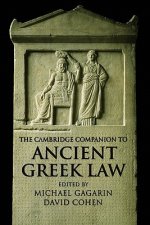
Cambridge Companion to Ancient Greek Law
1364 Kč -
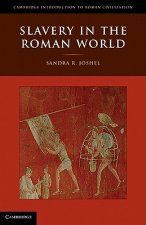
Slavery in the Roman World
2554 Kč -

Makers and Takers
333 Kč -

Feminist Media Studies
593 Kč -

GIS for Environmental Applications
1840 Kč -

Global Perspectives and Research for Cambridge International AS & A Level
1773 Kč -

Japanese Cinema
1618 Kč -

Instagram - Visual Social Media Cultures
571 Kč -

Operator Theory and Complex Analysis
1542 Kč -

Molecular Enzymology
1542 Kč -

Altering Practices
1778 Kč -

Handbook of Recording Engineering
2332 Kč -

Cinema's Military Industrial Complex
1097 Kč -

Mongolic Languages
2728 Kč -

Munda Languages
3227 Kč -

Plastics Mold Engineering Handbook
3584 Kč -

History of Chemistry
3312 Kč -

Intelligent robotics
1542 Kč -
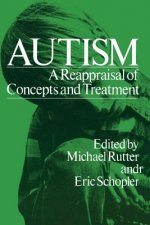
Autism
1542 Kč -
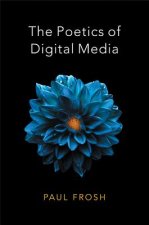
Poetics of Digital Media
659 Kč -
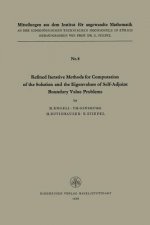
Refined Iterative Methods for Computation of the Solution and the Eigenvalues of Self-Adjoint Boundary Value Problems
1542 Kč -

Academic Skills for Interdisciplinary Studies
671 Kč -

Cryptocurrencies and Blockchains
634 Kč -
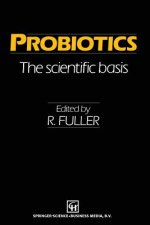
Probiotics
1542 Kč -

Mathematics for Chemists
1542 Kč -

Rubbish!
554 Kč -

Korean Language
1980 Kč -
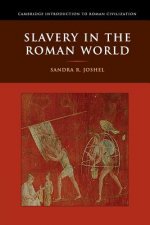
Slavery in the Roman World
1044 Kč -

Post-Colonial Studies Reader
1474 Kč -

Toyota Production System
1542 Kč -
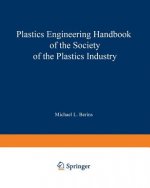
SPI Plastics Engineering Handbook of the Society of the Plastics Industry, Inc.
4673 Kč -

Guide Book to Mathematics
3039 Kč -

Facebook
634 Kč -

Facebook
1787 Kč -

Digital Divide
708 Kč -

Public Relations Theory - Application and Understanding
1367 Kč -

Making of Urban Japan
2396 Kč -

How to Obtain Abundant Clean Energy
1542 Kč -

Chemistry and Technology of Epoxy Resins
2359 Kč -

Stochastic Modelling and Control
1542 Kč -

Structural Design in Wood
3312 Kč -
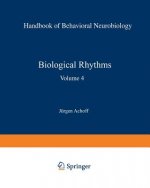
Biological Rhythms
1542 Kč -

Men and Masculinities in Contemporary Japan
2532 Kč -

Illustrated Guide to Jewelry Appraising
1542 Kč -

LGBT Studies and Queer Theory
5417 Kč -

Pictorial and Formal Aspects of Shape and Shape Grammars
1542 Kč -
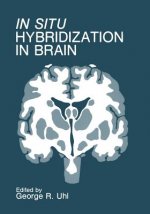
In Situ Hybridization in Brain
1542 Kč -

Cultures of the Erotic in Spain, 1898-1939
3059 Kč -
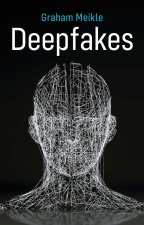
Deepfakes
2066 Kč
Osobní odběr Praha, Brno a 12903 dalších
Copyright ©2008-24 nejlevnejsi-knihy.cz Všechna práva vyhrazenaSoukromíCookies


 Vrácení do měsíce
Vrácení do měsíce 571 999 099 (8-15.30h)
571 999 099 (8-15.30h)